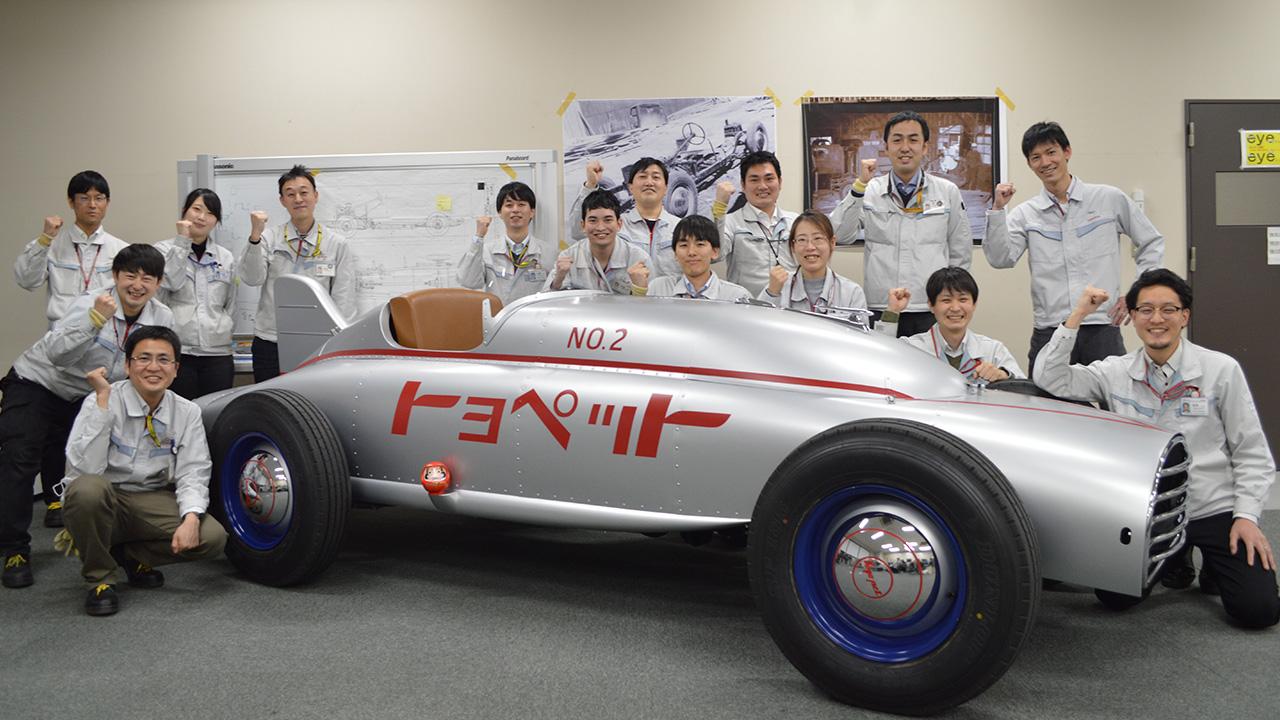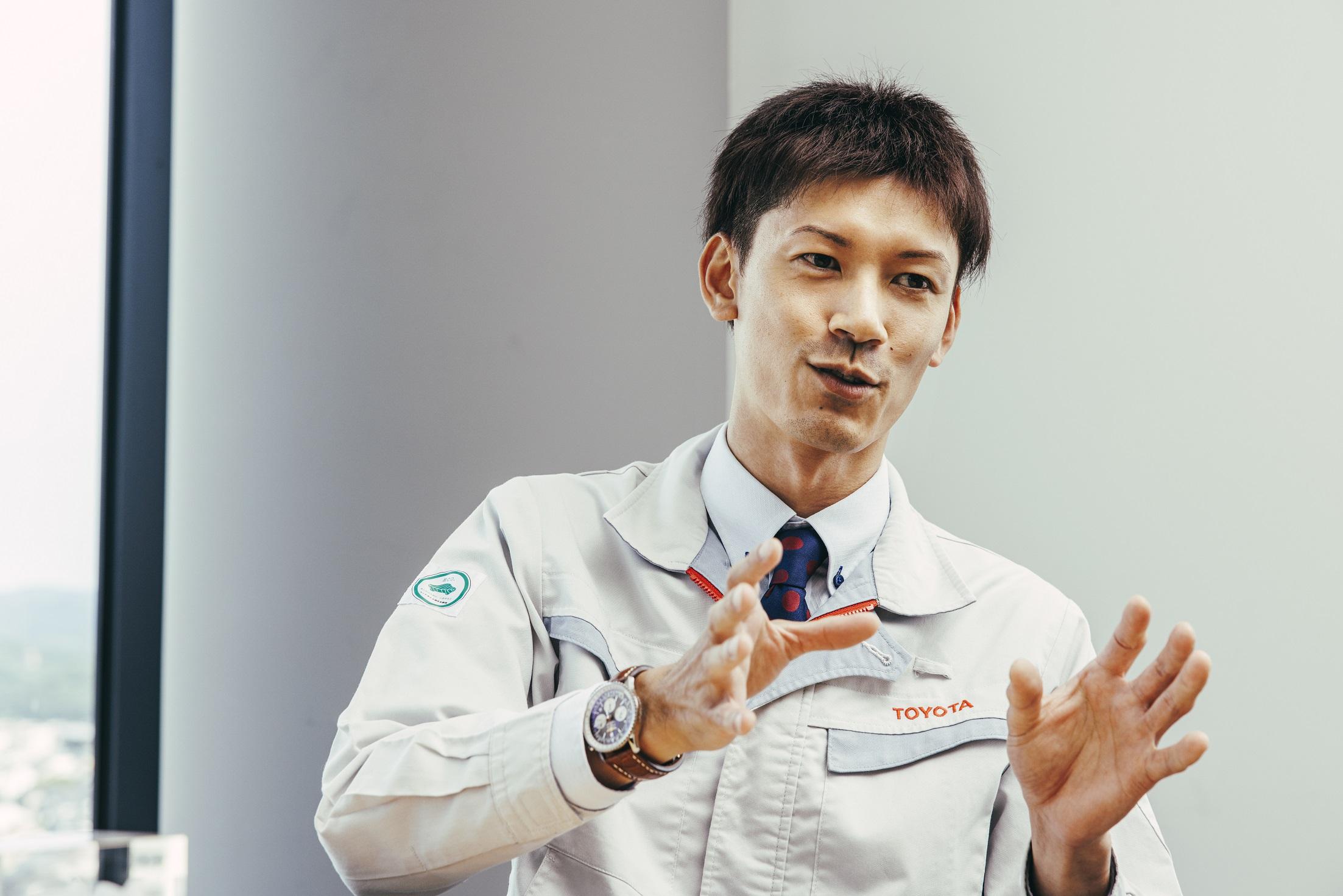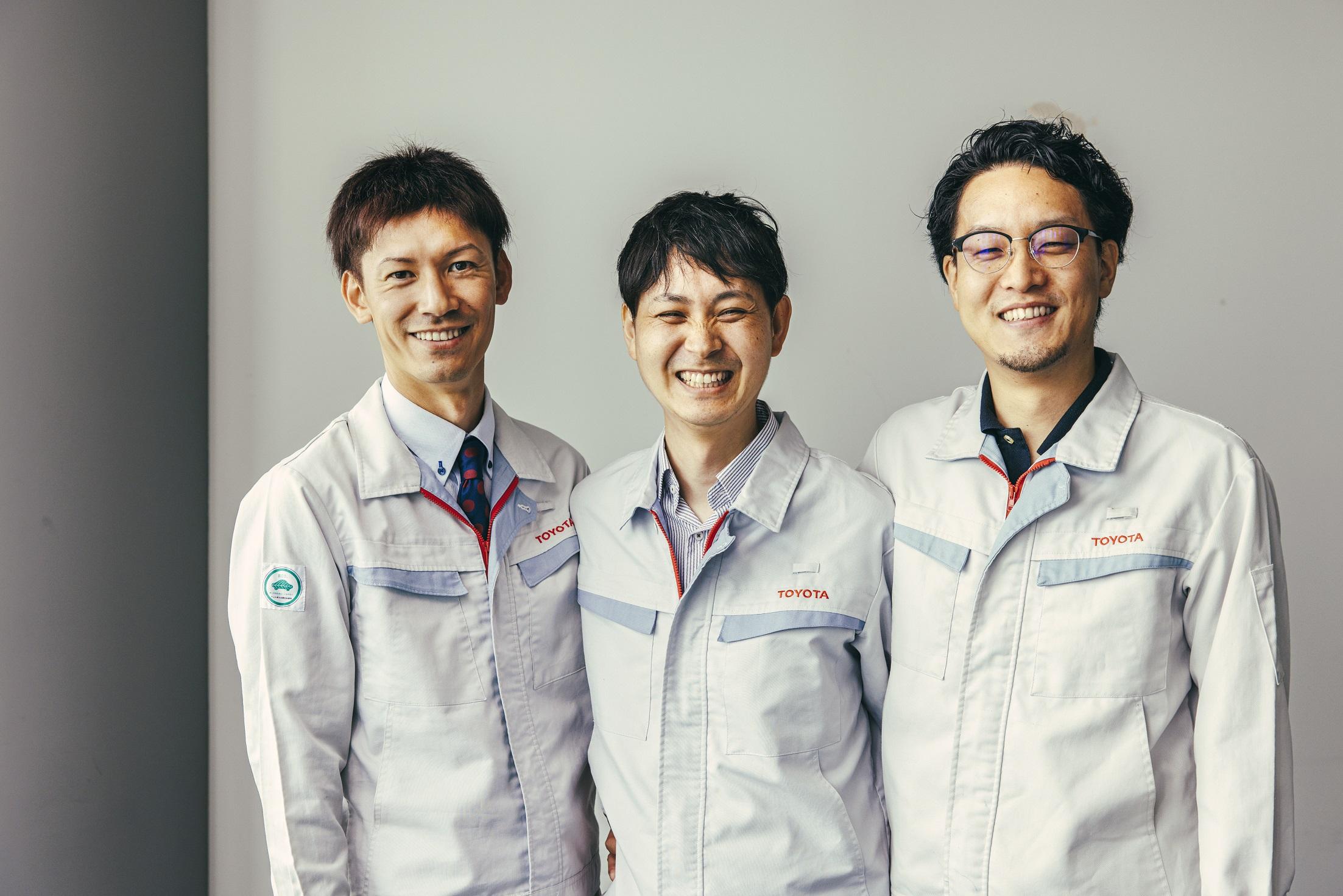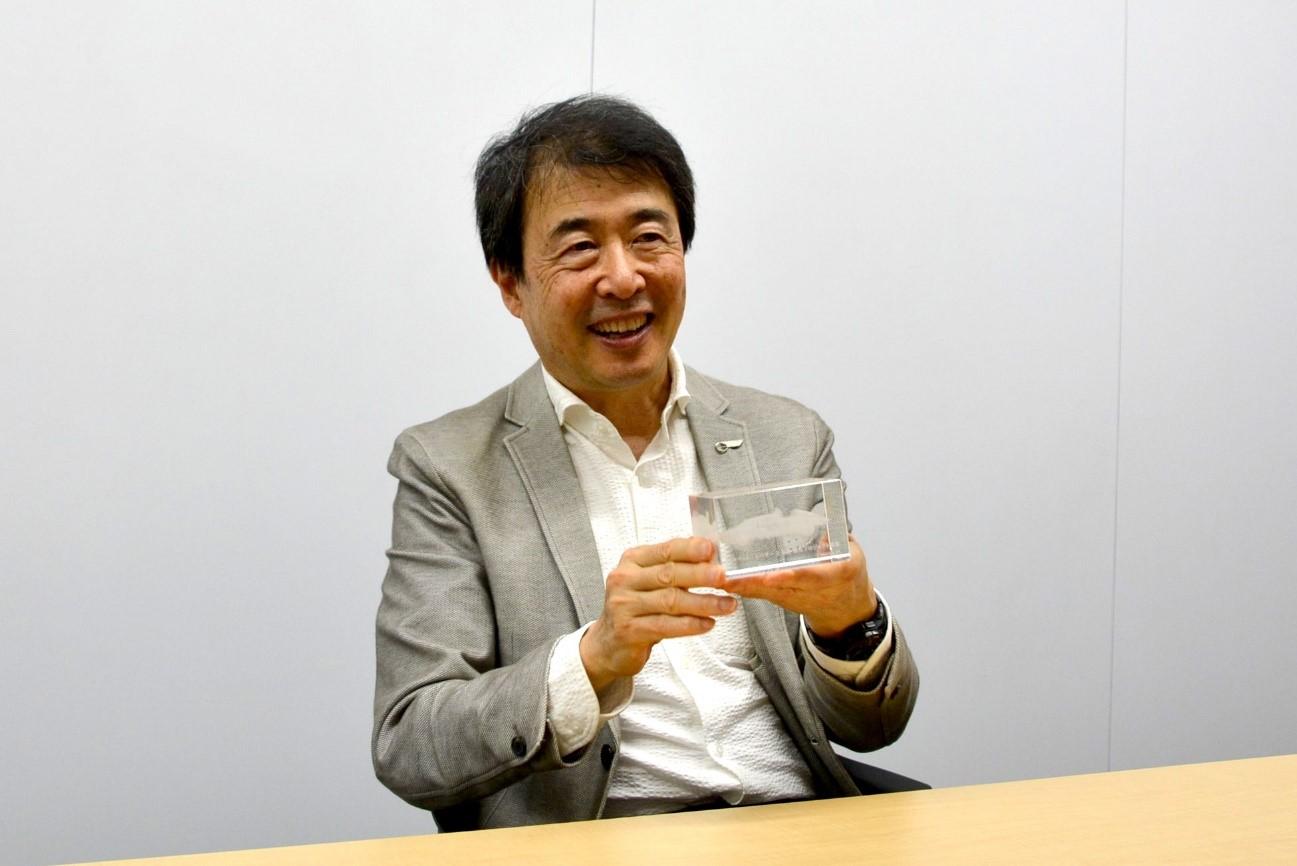
A special project team worked on reviving a Toyopet Racer, Toyota's first racing car from over 70 years ago. In the series' final installment, three young leaders share what they gained through the project.
Think and act for yourself
Sugimoto and Watanabe’s comments were followed up by Reisa Miki, a member of the MS Electronics System Engineering Division who spearheaded the design and manufacture of the front axle and steering-related parts, along with the project as a whole.
Miki

At the outset I was optimistic, feeling that Toyota can do anything—Toyota will find a way.
But after volunteering to lead the project and getting started, those feelings changed. I realized, “This is tough, and we have to find a way forward.” From that point on, I gave it everything I had, all the while trying to create an upbeat, positive atmosphere.
Miki was in a unique position. As the project’s overall leader, he wanted to ensure that his team was not outdone by those carmakers of 70 years ago and to show that today’s generation can hold their own.
Approaching his work with this resolve, Miki, like Watanabe, found his thoughts turning to the people who had developed the racer back in its day.
Miki
I was dedicated to building a car that, all these years later, would make the original creators proud. After all, it’s not like we get many chances to build an entire car in our day-to-day work.
During the rebuilding process, there were countless times when we didn’t know what to do. We had to figure it out for ourselves to finish the car. That was the most incredible and invaluable experience of the entire project.
All the while, the team’s progress was watched over by senior colleagues and veteran oyaji. Miki says he was very grateful for their presence throughout, which only added to the experience.
Miki
When we explained to senior workers and oyaji what we planned to do with a certain part, they always encouraged us to do as we wanted, saying, “Alright, give it a shot.”
They probably knew a better solution, yet they let us try all the same.
We could turn to them if we ran into trouble, and they’d recommend people to speak with for a given problem. I really appreciated that.
Along with various company divisions, Miki also expressed gratitude for Toyota’s parts suppliers and other partners, and the people who had cultivated such deep trust over many years.
Miki
Despite being junior staff with limited understanding of manufacturing, we were treated with respect by people outside the company, who engaged with us about one-of-a-kind components that would earn them little. For that, I am truly grateful.
That we received such a warm response is also thanks to the excellent relationships built up by previous generations of Toyota employees. All of which is to say that this project was made possible by being at Toyota.

A carmaking vision and passion passed down over 70 years
We also spoke with the project’s instigator, Naoaki Nunogaki, Director of both the Toyota Automobile Museum and the Fuji Motorsports Museum, which now exhibits the rebuilt Toyopet Racer.
Nunogaki

To restore a vehicle is to share in the experience of its creators, to engage them in a dialogue through carmaking.
If our only objective was to display the Toyopet Racer in a museum, creating a mockup would have sufficed. But in building the actual racer, the project members gained invaluable experience, unlike anything in modern carmaking.
What’s more, this project offered a new monozukuri experience that went beyond restoration. They were able to transcend time and space to engage in dialogue with the Toyopet Racer’s creators, inheriting their carmaking passion and vision.
I’m certain that this experience will prove a great asset to Toyota’s car manufacturing.
Toyota’s legendary racing car, the Toyopet Racer. More than 70 years on, the vision and passion that drove Kiichiro Toyoda and his fellow carmaking pioneers have been passed down to the project’s 15 members, including our three young leaders. This same vision and passion are sure to bear tremendous fruit in Toyota’s carmaking future.
(Text: Yasuhito Shibuya)

